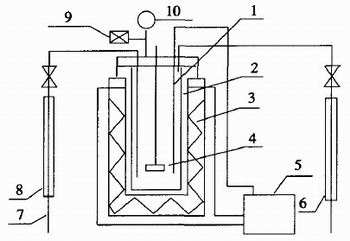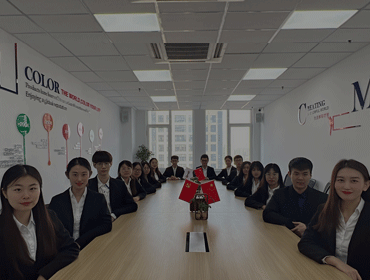In the past 2 months,we have introduced the physical law methd for the PVA waste water treatment.Now let's start the chemical oxidation method.
Chemical oxidation method-1:Advanced wet oxidation method/Photocatalytic oxidation method(2.1&2.2)
Chemical oxidation method-2:Fenton oxidation method/supercritical water oxidation method(2.3&2.4)
Chemical oxidation method-3:Ozone oxidation method/Persulfate oxidation(2.5&2.6)
Chemical oxidation method-1 :Advanced wet oxidation method/Photocatalytic oxidation method
Advanced oxidation technology referred to as AOPs, its principle is the use of electricity, light radiation, catalysts and other reactions in the production of highly active free radicals (such as hydroxyl radicals • OH), through the addition of free radicals and organic compounds, Electron transfer, bond breaking, etc., make the macromolecule refractory organic matter in water body oxidize and degrade into low-toxic or non-toxic small molecule material, and even directly degrade into CO2 and H2O, close to complete mineralization, so that the CODcr value of organic sewage is greatly Reduce, its high stability in water, refractory organic pollutants is particularly effective. Advanced oxidation technology includes photocatalytic oxidation, Fenton oxidation, supercritical water oxidation, etc. Now that water treatment technology has become a hot research.
2.1, Advanced wet oxidation method
Wet oxidation is a high-level oxidation treatment of high concentration of biodegradable organic wastewater. It refers to oxidation of organic pollutants to oxygen or air at high temperature (125-320 ℃) under high pressure (0.5-20MPa) Organic small molecule material or its mineralized into carbon dioxide and water and other inorganic chemical processes. It has gone through the traditional wet air oxidation, catalytic wet oxidation, wet peroxide oxidation, supercritical water oxidation and catalytic supercritical water oxidation process. The method has the characteristics of fast oxidation, no secondary pollution and high treatment efficiency.
The wastewater containing polyvinyl alcohol was treated by wet oxidation method, the reaction temperature was controlled at 220 ℃ and the reaction pressure was 10.0MPa. Under the reaction conditions, stirring at 300r / min for 1h, the COD in waste water was controlled by 11800mg / L reduced to 2150mg / L
2.2, Photocatalytic oxidation method
The photocatalytic oxidation method uses the energy generated by light to promote the energy level transition of the catalyst or the oxide. The resulting free radical or empty orbit has strong oxidation and can react with the organic pollutants in the wastewater to achieve the removal of pollutants purpose. Photocatalytic oxidation has the advantages of fast reaction and good effect, and it is a key technology to develop and apply a chemically stable, cheap and non-toxic photocatalyst.
Photocatalytic oxidation is an optical degradation in the presence of a catalyst, which can be divided into two types: homogeneous and heterogeneous. Homogeneous photocatalytic oxidative degradation of Fe2 + or Fe3 + and H2O2 as a medium, by light-assisted Fenton hydroxyl radical degradation. Heterogeneous catalytic degradation is a certain amount of photosensitive semiconductor material put into the pollution system, combined with light radiation, so that the photosensitive semiconductor under the irradiation of light to generate electron-hole pairs, adsorbed on the semiconductor dissolved oxygen, water molecules and electrons Cavitation, resulting in OH • Extremely oxidizing free radicals.






